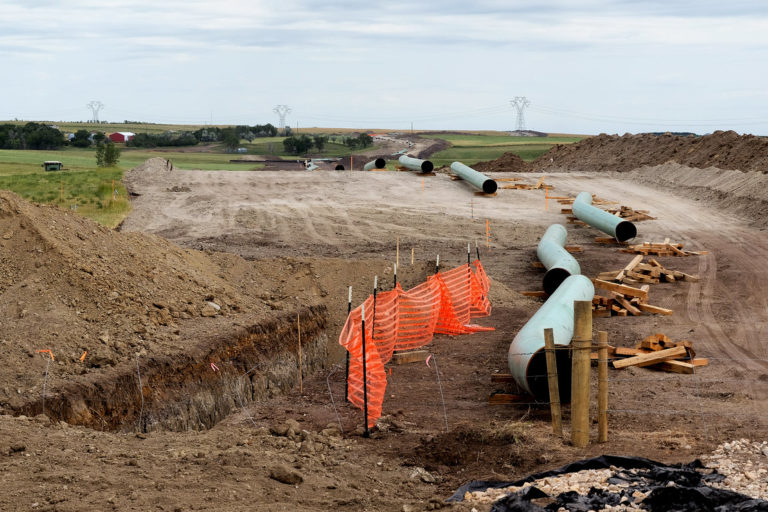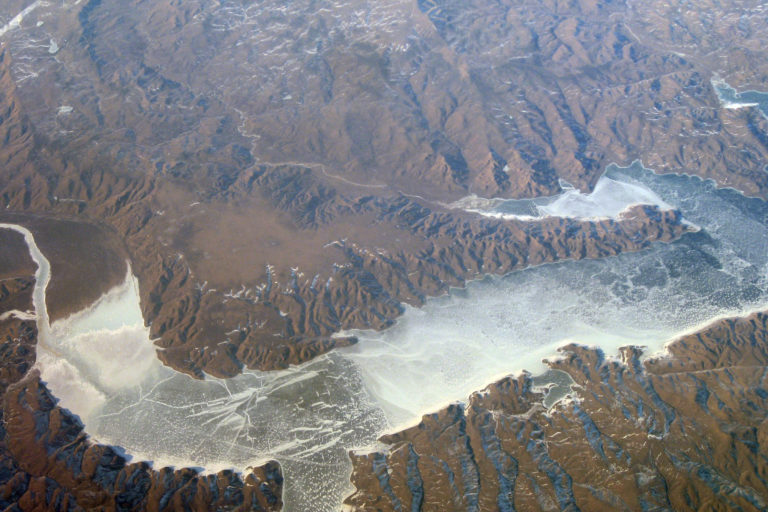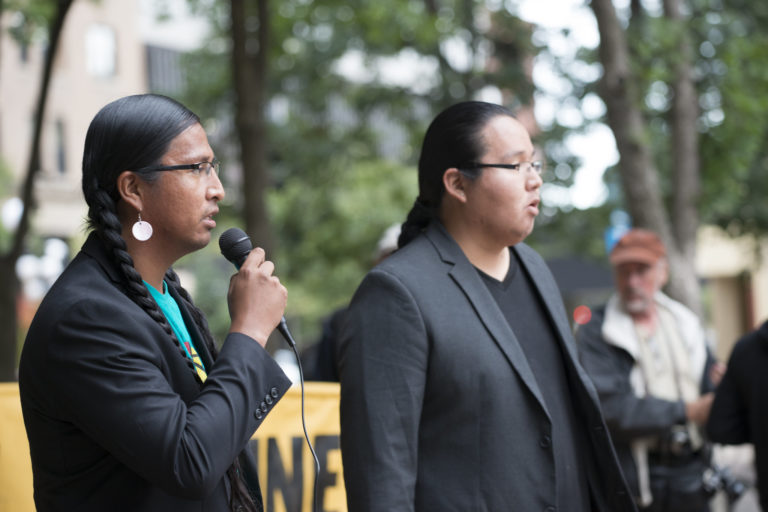- Standing Rock Sioux Tribe has withdrawn from the U.S Federal government’s ongoing environmental assessment of Dakota Access Pipeline (DAPL), citing a lack of transparency by U.S Army Corps of Engineers, and the pipeline operators Energy Transfer.
- Standing Rock tribal leaders expressed concern about the availability of oil spill response plans. They believe that Energy transfer has underestimated the dangers of an oil leak.
- Janet Alkire is the Standing Rock Sioux tribe chairperson. She has asked the Army Corps for assistance in addressing the issues they highlighted in the emergency response plans.
Standing Rock Sioux tribe has withdrawn from the U.S Federal government’s ongoing environmental assessment of Dakota Access Pipeline (DAPL).
Standing Rock blamed their decision on the lack of transparency from the U.S. Army Corps of Engineers. They are conducting the court-ordered Environmental Impact Statement in the area. Energy Transfers, the pipeline operators, has refused to engage with the tribe. Standing Rocks Tribal Emergency Response Commission has yet to receive a complete copy of the pipelines emergency plans in case of a crude-oil spillage, according to tribal leaders.

Doug Crow Ghost (Administrator of the Tribes Water Resources Department) states that the Corps has not provided Standing Rock TERC unredacted response plan updates. Transparency and coordination with the TERC are non-existent.
Standing Rock was one of thousands of protestors and tribes that opposed the Dakota Access pipeline in 2016 and 2017. Federal District Court Judge James Boasberg ordered a more thorough Environmental Impact Study to be conducted after the tribe challenged the construction at Lake Oahe of the Dakota Access pipeline. He ruled that the National Environmental Policy Act required it due to the controversy surrounding this pipeline.
The pipeline is expected to run from North Dakota, through South Dakota, and then to Patoka in Illinois. The pipeline will not pass through Standing Rock, but it will pass under Lake Oahe, the tribe’s only source for freshwater. Due to the possibility of a negative impact, the tribe was invited to be a cooperating agency to help the U.S Army Corps of Engineers produce the new EIS.

Protecting Lake Oahe with an emergency response
Standing Rock was authorized as a cooperating agent to develop or enforce environment standards and comment upon environmental impact statements that fall within their authority, expertise, or jurisdiction.
The NEPA states that the lead agency, the US Army Corps of Engineer, is responsible for the content of EIS. However, it is required to use the environmental analysis and the recommendations of cooperating organizations to the greatest extent possible, consistent in its own responsibilities as lead agent.
If the lead agency ignores a significant issue or ignores advice and expertise from the cooperating agency, the EIS might be found to be inadequate.
Standing Rock does not have access to Energy Transfers’ entire oil spillage plan, but they are able to review the ones that they have. Ghost says that Energy Transfers emergency plans for oil spillages do not account for the lake’s fluctuating water levels.

Lake Oahes’ elevation is 12 feet [3.6 meters]Ghost stated that while the Corps is now at a lower level than it was two years ago, it continues to release water to Oahe as though it is business as normal.
The Corps uses Oahes outlet dam tunnels to control flooding in Missouri rivers, which results in fluctuating water levels.
Ghost believes that the possibility of an oil spillage at such low levels is very frightening. Don Holmstrom is a former Director of U.S. Chemical Safety Boards Denver, and now serves as Standing Rock Sioux Tribes’ emergency planning consultant. He points out that the company’s spillage plans are inconsistent with what is currently in place.
He stated that the ability to respond to spills under adverse conditions like a low Lake Oahe level or the harsh winter climate of North Dakota, including an under-ice oil spillage, is seriously lacking.
Holmstrom believes that the Energy Transfers worst case scenario underestimates the potential impact of an oil spillage. Should an oil spill occur, the tribe’s only source of water will be polluted and negatively affect fish, such as the endangered pallid sturgeon (Scaphirhynchus abus).

Tribal leaders fear that the pipeline could leak into tribal cultural sites along Missouri River. This concern was raised by Standing Rock in legal filings against DAPL.
Tribal leaders expressed concern about Energy Transfer’s inability to transport the equipment required to contain a spillage onto the ice at lake Oahe at the specified location.
Crow Ghost states that roads leading to the pipeline and most access points on reservations in the vicinity are not currently usable.
Janet Alkire is the Standing Rock Sioux Tribal Chairperson. She says that in order to ensure safety, the Army Corps must immediately raise Lake Oahe to safe levels, or close down the Dakota Access pipeline.
Standing Rock’s existence is dependent upon our water supply, so we must protect it.
Mongabay contacted the U.S Army Corps of Engineers and Energy Transfer, but did not receive a reply.
Banner imageTribal protestors at Sacred Stone Camp, Canon Ball, North Dakota near the Standing Rock Sioux Reservation, 2016. Joe Brusky. Image courtesy Joe Brusky viaFlickr(CC BY-NC-ND 2.0).
Related listening from Mongabay’s podcast:A conversation with Cultural Survivals Daisee Francour & The Oakland Institutes Anuradha mittal about the importance and necessity of securing Indigenous land right in the context a global push to land privatization. Listen here:
FEEDBACK: Use This formTo send a message directly to the author of this article. You can leave a public comment at the bottom.

